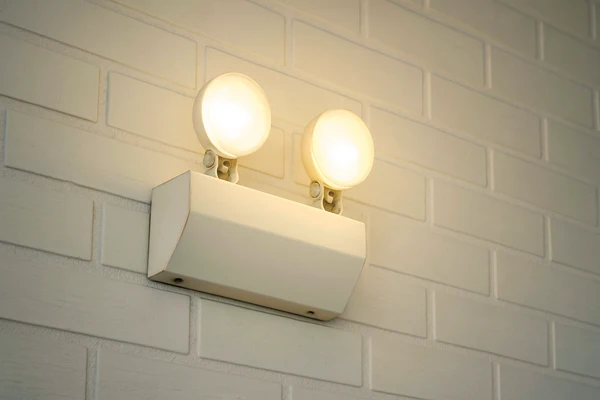When disaster strikes or the power goes out, it’s not the time to hope your emergency lighting system works—it must. Emergency illumination helps people escape buildings during fires, blackouts, and natural disasters. Top emergency lighting manufacturers understand the weight of this responsibility. Their solutions are more than just backup lights—they are life-saving systems built on precision engineering, rigorous testing, and an unwavering commitment to safety standards.
Built To Withstand The Unexpected
Emergency lighting must perform under the worst possible conditions. Leading manufacturers design and build systems that remain operational in high temperatures, dense smoke, moisture, and other extreme scenarios. These systems are thoroughly tested for durability, longevity, and reliability. The components used—batteries, LEDs, circuit boards, and housings—are selected not for cost-efficiency but for performance under pressure.
Manufacturers invest heavily in research and development to ensure their lighting solutions can withstand structural vibrations, sudden voltage surges, and physical damage. Whether installed in a hospital, commercial high-rise, or industrial facility, the lighting must activate instantly and stay lit long enough to facilitate a full evacuation.
Adherence To Rigorous Compliance Standards
One hallmark of a top emergency lighting manufacturer is its adherence to international and regional safety codes. These include standards set by organisations. Compliance is not optional—it is embedded into the design and manufacturing process.
By meeting and often exceeding these standards, manufacturers ensure that their products work seamlessly as part of broader Fire Safety Systems. A fire alarm, sprinkler system, and emergency lights must function in harmony during a crisis. The best manufacturers ensure their lighting integrates flawlessly with such systems, enabling an organised and illuminated exit path when seconds count.
Advanced Battery Technology And Self-Testing Capabilities
Battery reliability is at the core of emergency lighting functionality. The best manufacturers use high-performance, rechargeable batteries designed to last several years while providing consistent backup during outages. To avoid failures, many modern systems now include self-testing features that conduct regular diagnostics and alert facility managers to any issues before an emergency occurs.
Smart monitoring systems, sometimes connected to a centralised security panel or building management system, further improve reliability. They allow real-time updates on system status and can initiate maintenance alerts when batteries degrade or when lights are malfunctioning.
Integration With Modern Building Systems
Top-tier emergency lighting doesn’t function in isolation. It is designed to work hand-in-hand with other building safety mechanisms. Modern buildings often have intelligent control systems, and high-end manufacturers ensure their lighting products are compatible with these setups. Lights can be programmed to trigger under certain conditions or monitored remotely, reducing human error and enhancing response speed.
For large facilities with intricate layouts, such as airports, hospitals, or malls, intelligent emergency lighting systems can guide people to the safest exit routes using dynamic path lighting. These adaptive systems respond to changes in conditions—for example, illuminating alternative routes if a primary exit becomes blocked by smoke or debris.
Commitment To User-Centric Design
Top manufacturers understand that in high-stress situations, clarity is key. That’s why emergency lighting is designed to be intuitive and unmistakable. Exit signs are highly visible, with universally understood symbols and lighting that cuts through smoke or darkness. Placement is strategic—hallways, stairwells, and doorways are well-lit to reduce panic and confusion.
User-centric design doesn’t stop with the people evacuating. It extends to the technicians responsible for installing and maintaining the system. Leading manufacturers ensure their products are easy to install, test, and service. This simplicity increases the likelihood that the system is properly maintained and ready when needed.
Trusted By Industry Professionals
Emergency lighting manufacturers who lead the industry are often preferred by large construction firms, commercial developers, and safety consultants. Their reputation is built not only on the quality of their products but also on the support they provide. From consultation and system design to technical training and after-sales service, these manufacturers become long-term partners in safety planning.
Many work in tandem with a broader security system supplier network to ensure comprehensive safety across facilities. Integration with alarms, surveillance, and controlled access systems creates a layered defence, where emergency lighting is a vital piece of a coordinated safety puzzle.
Final Thoughts
Top emergency lighting manufacturers are not just producing lights—they’re engineering life-saving systems that protect people in the most vulnerable moments. From stringent quality control and adherence to fire safety regulations to smart integration and intuitive design, every decision they make is driven by the need to safeguard human life.

